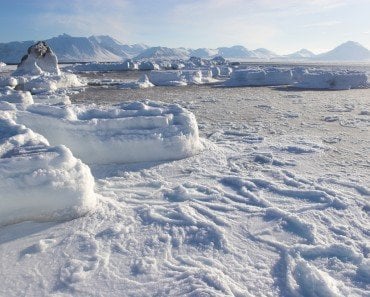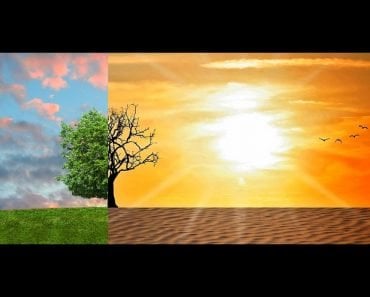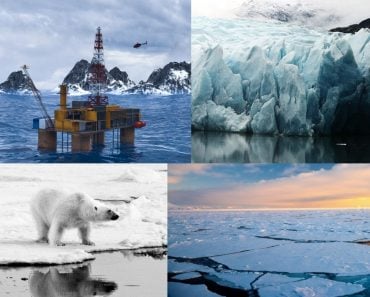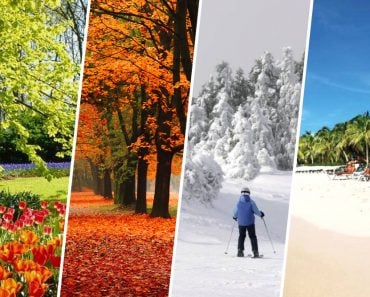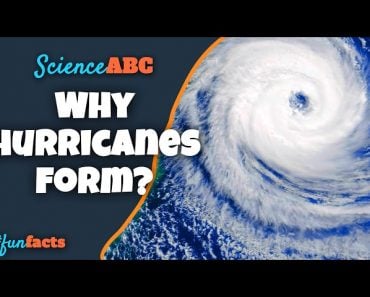Table of Contents (click to expand)
The increasing global temperature is affecting the polar vortex, which keeps the cold of the Arctic contained to the pole.
Whenever we experience the strong heat of summer, we think—surely it can’t get any hotter than this! However, the very next year, it is inevitably even hotter. The strangest thing to wrap our heads around is the apparent paradox of colder winters.
Technically, the temperature of the Earth is increasing, so shouldn’t the winters also be warmer than the previous ones we have experienced?
Surprisingly, we have also seen harsher winters with our hotter summers! In fact, places where it never snows have been regularly receiving snowfall…
What is this sorcery?! As always, science has an answer for everything, or at least the tools to find all the answers. In our case, the answers can be found in the Polar Vortex.
Recommended Video for you:
What Is The Polar Vortex?
If you recall from recent years, whenever there is the threat of unusually cold temperatures in a region, social media erupts with ‘The Polar Vortex is coming!’
This makes it sound like the polar vortex is some monster or alien invasion, and it certainly isn’t something that comes to us!

So, what is the vortex exactly? Well, technically, there are two of these vortices, one at each of the poles. These vortices are very high-speed winds situated high in the atmosphere. To be more exact, their speeds can exceed 161 km/hr (100 miles/hr)! The reason they are called vortices is that they move in a counter-clockwise motion to form a vortex above the poles. Effectively, they form a barrier against the cold of the polar regions.
These polar vortices lie in the stratosphere, so they shouldn’t affect the weather, but they do affect the high-velocity winds just below them, which are responsible for the weather. Indirectly, they are affecting the weather. Usually, they stick to affecting the weather at the poles, but sometimes their influence can spread…
Polar Vortex Affecting Weather Outside The Poles
In our case, we are interested in the Northern Polar Vortex (the Arctic vortex), which has been responsible for our recent bout of severe winters. As stated, the vortex traps the cold of the Arctic within that region. It can be imagined as a prison for the cold. If it’s strong, the weather influencing the jet stream only brings about regular rain. However, if it weakens, the prison is broken and all the cold escapes outward.
This cold air freezes the moisture in the air, and the weather-influencing jet stream brings snow storms as a result. This is how the temperature drops so low in those polar vortex years. It’s also why regions that normally only experience mild cold with occasional rain suddenly find themselves buried under snow!
Now, the natural question is… what affects this polar vortex? If you guessed global warming, you’re correct. Let’s find out how!
How Global Warming Affects The Polar Vortex
See, global warming, as the name implies, means a global rise in temperature. This means that the atmosphere (at least the innermost layers) is warming up.
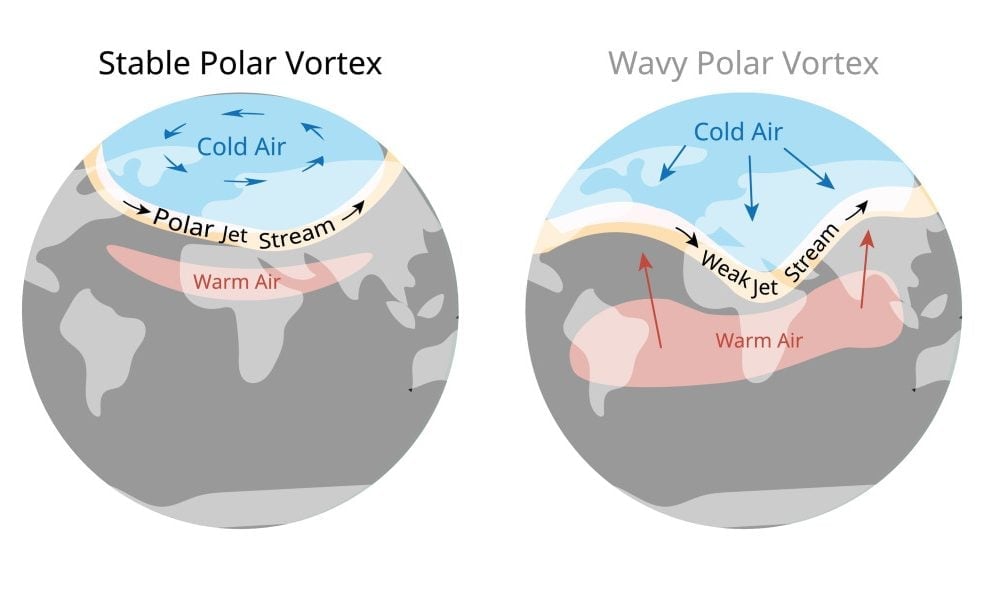
The problem is that the warm air from the northern hemisphere travels up from warmer areas to the colder arctic region. This warm air affects the polar vortex by throwing it off balance, and the consequences are serious! Even a small imbalance causes the temperatures in the stratosphere to increase by 60-80 degrees Celsius! At that time, the Polar Vortex becomes weak and opens up in some places, allowing the cold of the Arctic to seep outside into other regions.
In short, the cold is no longer contained to the arctic once the vortex is disrupted. It spreads out into the surrounding regions thanks to the jet stream and, in turn, the arctic becomes less cold.
Conclusion
One surprising fact is that the effect of global warming on the Polar Vortex has been studied for a long time. There are many pieces of research that warned us these sorts of disruptive weather events were possible. This was when such bitterly cold winters were not even a recurring phenomenon.
But now, we experience a record-breaking summer of heat every year and a consequent record-breaking winter of cold as well. It has become a recurring phenomenon in recent years, and shows no sign of slacking off.
How strange that a phenomenon associated with increasing temperatures is also responsible for the coldest temps as well!
References (click to expand)
- Polar vortex brings freezing cold – DW – 02/07/2021. Deutsche Welle
- Polar Vortex - National Geographic Education. National Geographic
- Zhang, J., Tian, W., Chipperfield, M. P., Xie, F., & Huang, J. (2016, October 24). Persistent shift of the Arctic polar vortex towards the Eurasian continent in recent decades. Nature Climate Change. Springer Science and Business Media LLC.

